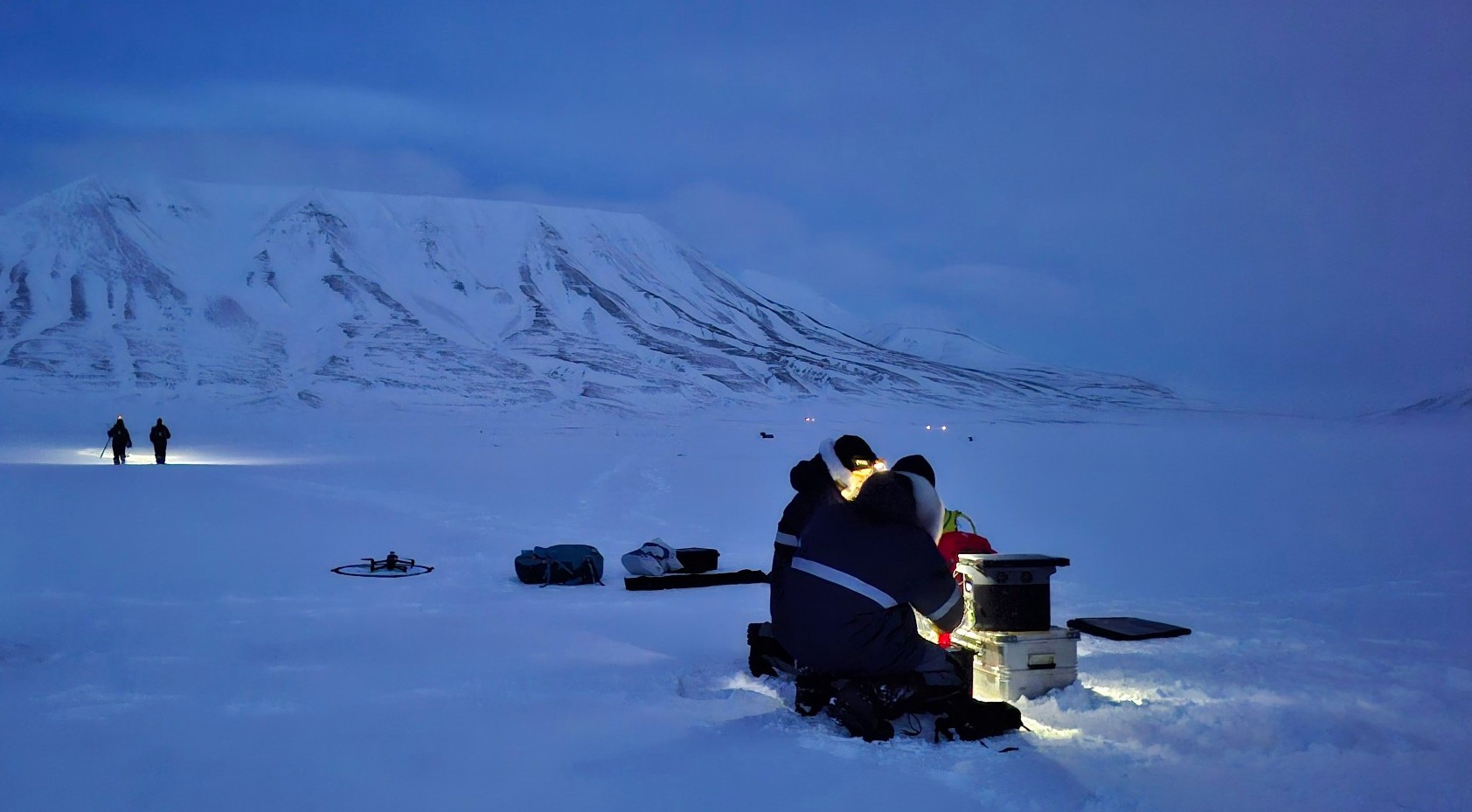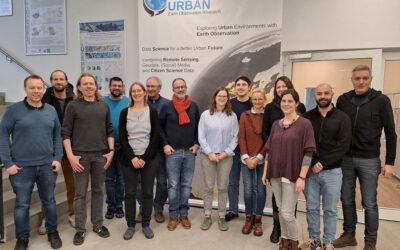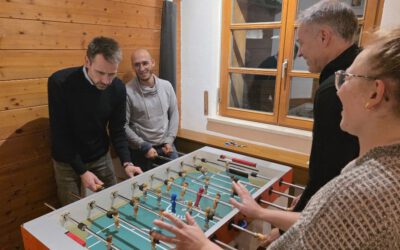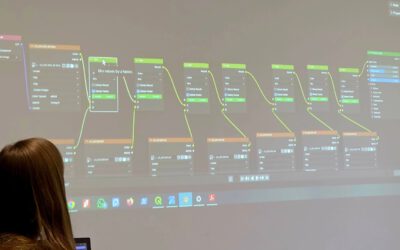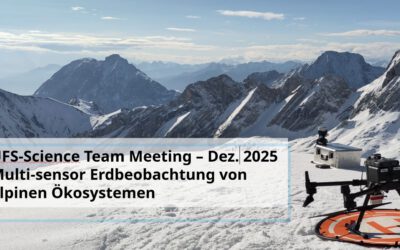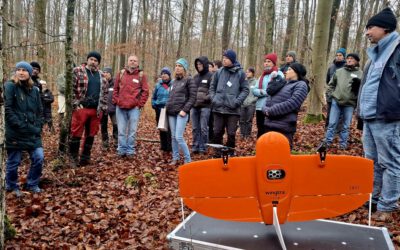Currently research is being conducted by the Earth Observation Research Centre (EORC) in the Arctic — researchers embark on a series of field campaigns in collaboration with the University Centre in Svalbard (UNIS). With a focus on employing Unoccupied Aerial Systems (UAS), including Vertical Take-Off and Landing (VTOL) drones, the team is gathering data in order to improve our understanding of the region’s rapidly changing ecosystems.
The Arctic environment presents unique challenges for scientific research – as last week not even commercial planes were able to land due to an ongoing snow storm. Harsh weather, remote locations, and vast expanses of land make traditional field methods difficult and costly. Our VTOL system is capable of covering larger areas in a shorter amount of time, these drones are proving to be indispensable tools for Arctic research.
The EORC researchers are using VTOL UAS equipped with Lidar and thermal imaging technology to map and monitor Arctic snow/ice conditions. Unlike fixed-wing drones, VTOL systems allow for vertical take-off and landing, offering exceptional flexibility in challenging environments, such as rugged terrain. This capability enables the team to gather data in all kind of study sides plus covering larger areas than with quadcopter.
The combination of Lidar and thermal sensors aboard the UAS is opening new frontiers in understanding Arctic ecosystems.
- Lidar (Light Detection and Ranging): This remote sensing technology sends laser pulses to the ground, measuring the time it takes for them to return. This allows for highly accurate topographic mapping and the creation of detailed 3D models of the landscape. In the Arctic, Lidar is particularly valuable for mapping glaciers, ice sheets, and tundra areas, where changes in elevation and surface structure can provide insight into climate change impacts.
- Thermal Imaging: Thermal sensors detect heat differences across the landscape, providing a unique perspective on the environment. These sensors help track changes in vegetation health, ice melt patterns, and even animal activity by detecting heat signatures. This is particularly important in the Arctic, where climate change is causing the rapid thawing of permafrost and changing the dynamics of both flora and fauna.
Together, these technologies offer a comprehensive view of the Arctic landscape, giving researchers a detailed understanding of the physical and biological changes occurring in the region.
The EORC’s field campaigns are not being conducted in isolation. The team, lead by Dr. Mirjana Bevanda, jointly with Jakob Schwalb-Willmann, is working closely with local experts from the University Centre in Svalbard (UNIS), particularly in the fields of ecology and botany, namely Prof. Beumer and Prof. Lang. UNIS researchers bring invaluable support for local research as well as knowledge of Arctic flora, fauna, and ecosystems, helping to interpret the data collected by the UAS teams.
By integrating Lidar and thermal data with on-the-ground ecological observations, the teams can gain a more holistic understanding of the Arctic environment. This collaboration is essential for identifying trends and pinpointing the ways in which climate change is affecting local ecosystems, from plant communities to wildlife populations.
UNIS researchers are also contributing their expertise in ecosystem monitoring, providing critical context to the data being gathered. Their understanding of seasonal variations and the ecological dynamics of the Svalbard region is helping guide the fieldwork and refine research methods.
The Arctic is warming at more than twice the global average, and its ecosystems are among the most vulnerable to climate change. Understanding the magnitude and pace of these changes is crucial for developing effective conservation strategies and informing global climate policy.
The ongoing UAS Lidar and thermal field campaigns in the Arctic represent just the beginning of what promises to be a long-term research initiative. The collaboration between EORC and UNIS is a great example of interdisciplinary, international research in tackling the complex environmental challenges facing our planet.
Interested in learning more about the technologies behind UAS Lidar and thermal imaging, or the specific goals of the field campaigns? Reach out to our team for additional information or follow our progress on social media!

